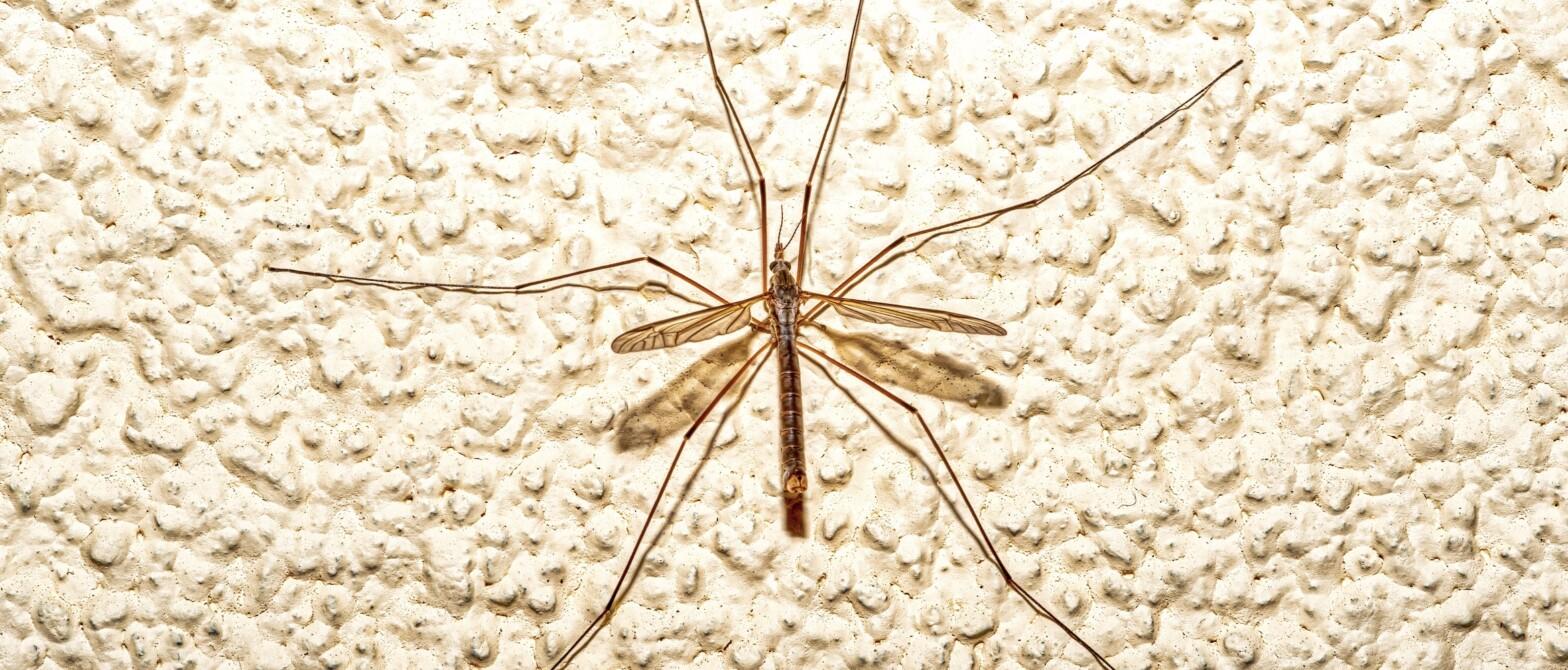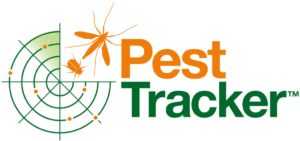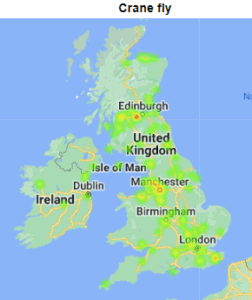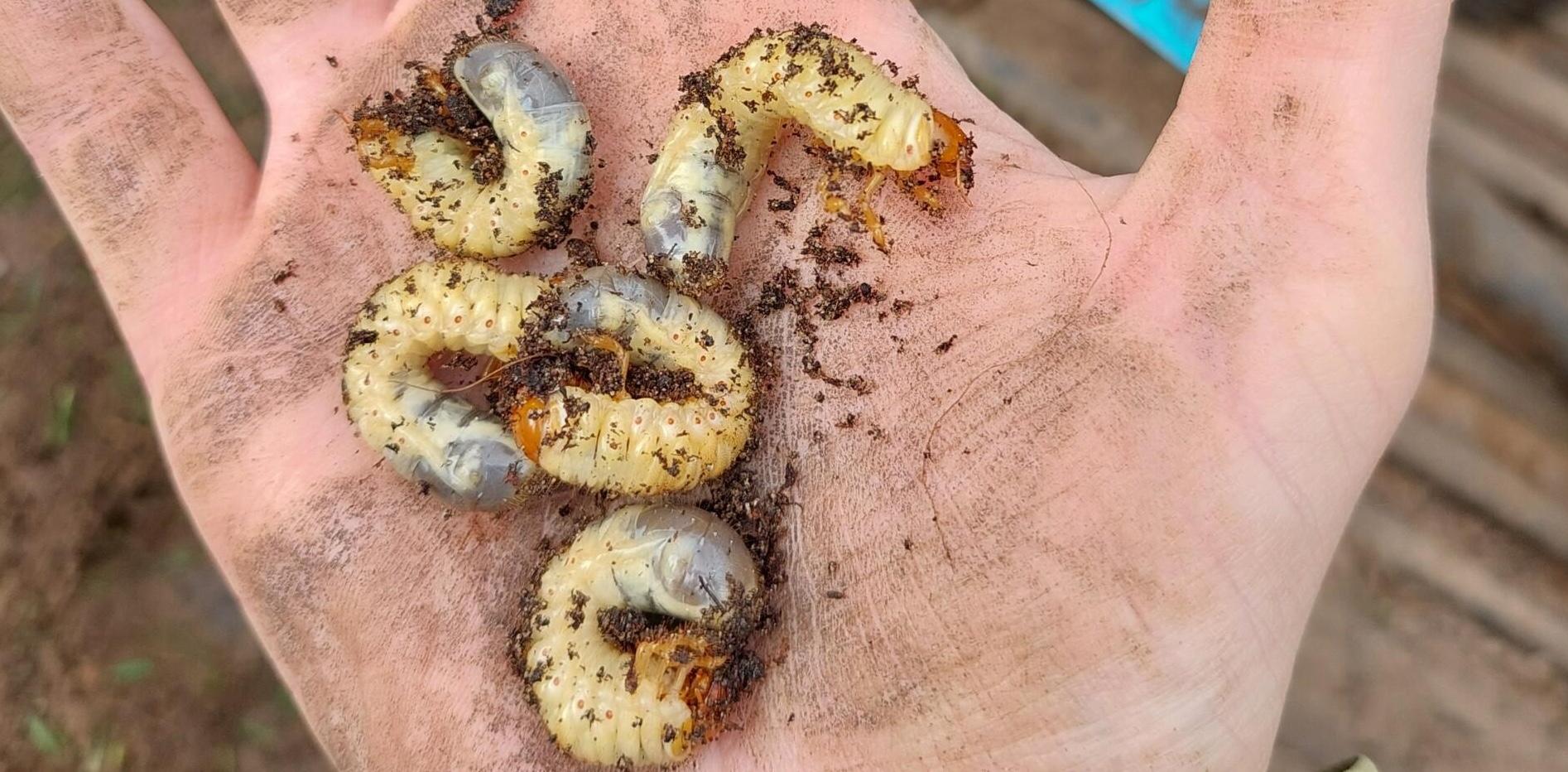We’ve been discussing in previous blogs that we may see a delayed cranefly peak flight this year due to the record breaking summer heat and drought, and from the data we have so far it looks like we are behind where we have been in previous years.
This may be due to delayed hatching or we are not getting as many people logging sightings, so if you are seeing them please do log it on Pest Tracker.
Click the icon below to log one!
The more data we can gather the better application timings we can make. We get the best levels of control from an application of Acelypryn one month after peak flight.
In 2021, peak flight fell in the second week of September and so an ideal application (depending on where you are, North/South divide and all that) went down second week October, so the product is in the grub zone right as those eggs are hatching.
The young grubs which are the most sensitive are feeding at that point so we’re giving the product the best chance for optimum control.
The video below shows the 2019 Crane fly sightings across the year.
We’ve learned a lot about crane fly since we started focusing on the issue, but the support we get from the industry has proved to really make the difference.
Without the ongoing commitment to log sightings we wouldn’t know what we do, so thankyou from every course manager who struggles with the headache of leatherjacket damage.
The green line below is 2022, we’re expecting that to stop leveling off and shoot up in the next week or so, then we’ll know if sightings are lower this year due to the ‘agronomic delay’ (hot and dry weather) or if we just don’t have so many keen beans out logging than in previous years…
Perhaps us trying to reducing our screen time is negatively affecting Pest Tracker!

More on this next week… the map as it stands today 16th September 2022







Martin
It's the end of October now, and I have seen very few crane flies so far this year, I have been wondering what's happened to them.. very strange.
2022-10-29 23:33:54
Sean Loakes
Hi Martin, Thanks for the comment. Its been an area we've been watching with interest with a record warm/dry Summer. We know that soil moisture is important to the larval stages (leatherjackets) as with many soil based invertebrates moisture in a soil habitat has been a given for their entire evolutionary history, so most need it and can be sensitive to its loss. Some have mechanisms to protect themselves from dry downs, some species of worms will dig down and ball up to conserve moisture when it gets very dry for example. We've seen in the PestTracker data that adult cranefly sightings are much lower this year (about half the sightings) than any previous year of monitoring. It will be interesting to see what numbers are like next year, they have the ability to rebound if they have a favorable year or two (each female can lay a few hundred eggs) so hopefully we don't get a really wet one next year! Thanks Sean
2022-11-11 14:16:15